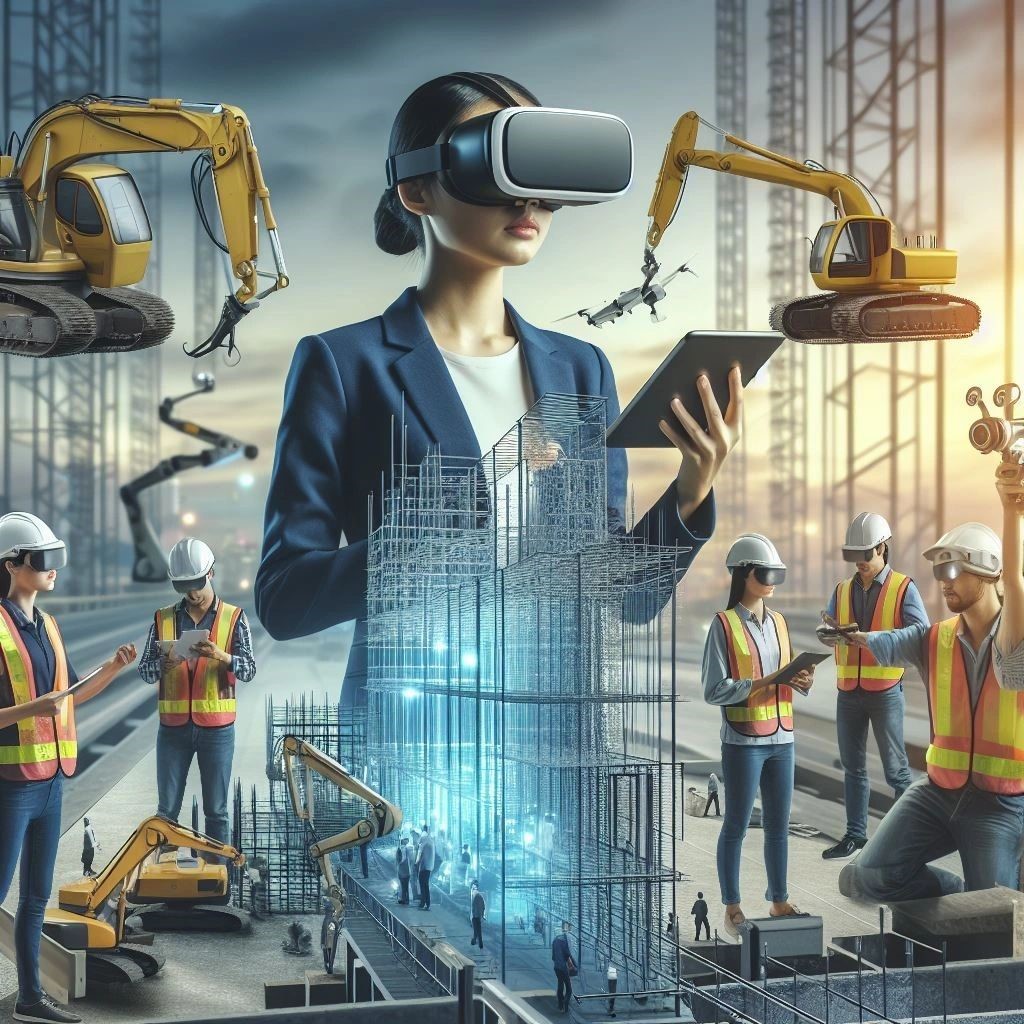AR and VR Reshaping Design and Construction

Architectural, engineering, and construction industries are at a transformative juncture with the widespread adoption of Augmented Reality (AR) and Virtual Reality (VR). These technologies promise not only a fresh approach to design visualization but also significant improvements in efficiency and collaboration.
Tony Parisi, global head of AR, VR, and innovation at Unity Technologies, sees the potential for real-time 3D to revolutionize the building industry, ushering in a new generation of architects and designers ready to leverage immersive digital experiences.
AR overlays digital elements onto the physical environment, creating a mixed reality experience, while VR immerses users entirely in a digital environment. Together, they form Extended Reality (XR), offering diverse applications in design, construction, and project visualization.
Integrating Building Information Modelling (BIM) with XR involves a four-step iterative process, starting with construction, transforming real-world data into a digital model. Teams then clone the design onto VR or AR platforms, exploring the virtual environment to identify flaws before returning to the BIM model for improvements.
Applications in Architecture-
Accelerating CAD model transformation streamlines the design process and enhances collaboration.
AR showcases precise project representations, offering accurate previews to prospective buyers.
VR visualizes environmental impacts, aiding architects in analysing carbon emissions and energy efficiency.
VR and AR enable virtual tours for construction sites, facilitating remote exploration and navigation for real estate companies, museums, and tourist attractions.
1.png)
.png)
.png)